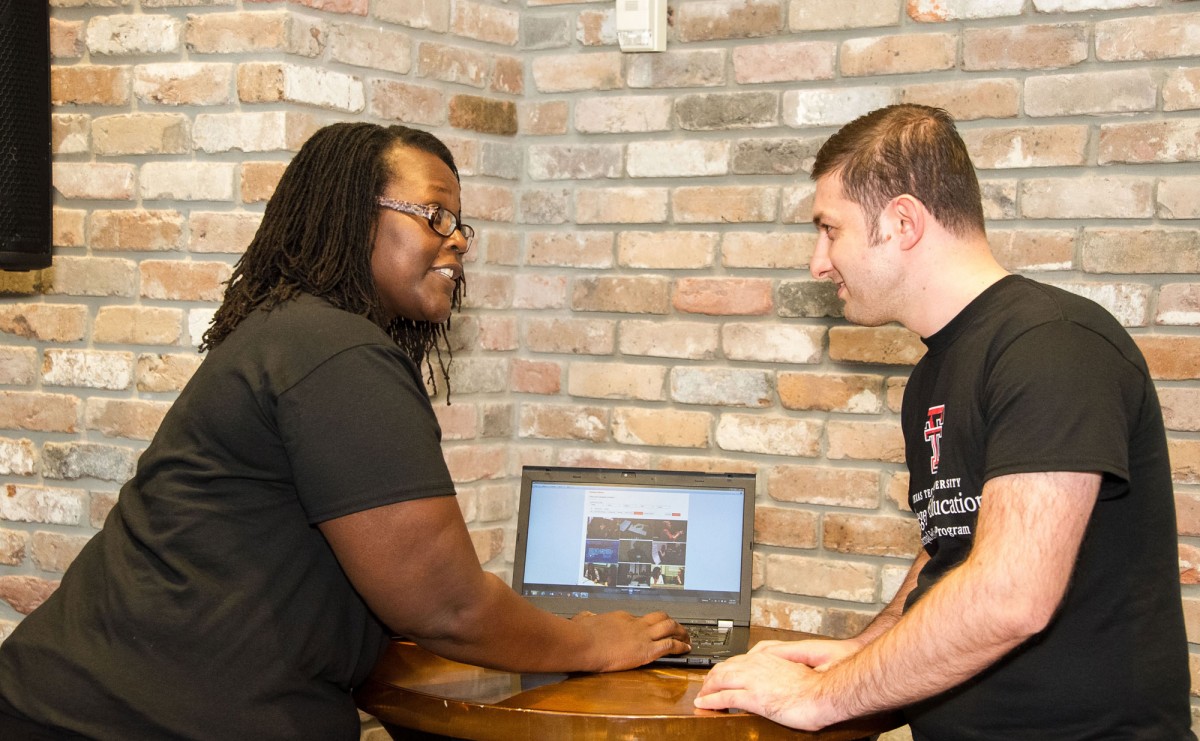How Principals Can Maximize the Impact of Professional Development
August 14, 2017

We know that job-embedded professional learning, among teams of teachers, is most effective. And teachers are more engaged in this type of professional development. But what are the steps principals can take to ensure that their school develops a culture of collaboration and professional inquiry, and that professional learning leads to measurable changes in teacher and student success? What role do teacher leaders play in making this happen?
Leaders from a partnership between the nonprofit National Institute for Excellence in Teaching (NIET) and Grand Prairie Independent School District (GPISD) in Texas presented how the district’s improvements in professional development led to increases in student achievement.
At the 2017 National Principals Conference, NIET Senior Program Specialist Stephanie Mosqueda partnered with Grand Prairie High School Principal Fellow Rossette Osamba to share lessons learned on how to ensure that job-embedded professional development is effective and delivers results.
Rossette Osamba discusses with a colleague how effective TAP cluster meetings can change school culture and drive results.
Hands-On Learning for Principals
Principals in the audience worked with each other to identify elements of effective professional learning in their schools, and to connect these to research findings on the key elements of effective professional development.
Principals learned about and analyzed a sample protocol for professional learning used in GPISD based on NIET’s TAP System. This protocol is used in weekly cluster groups, NIET’s structure for professional learning communities.
At Grand Prairie High School, cluster groups are led by trained and certified teacher leaders or administrators. Leaders introduce strategies in cluster groups that have been field tested with students in the high school, and present the student work that illustrates the impact and results of the strategy. Teachers are then supported in identifying a classroom lesson they plan to teach that week, where they can incorporate the strategy. Student work from these lessons is brought back to the cluster group the following week to determine the effectiveness in the classroom and make ongoing modifications in order to increase student performance.
As illustrated below, professional learning is based on a five-step cycle:
- identifying a problem or need that is clear and specific, and can be measured in student work or outcomes
- obtaining new learning aligned to this student need that has proven successful in the school in leading to student growth
- developing new teacher learning by teaching a strategy to address a student need, with clear modeling, and subsequent analysis of student work
- applying the new teacher learning in the classroom with support from teacher leaders
- evaluating the impact of the strategy on student performance using formative assessment
Cluster Group Protocol – Five Steps for Effective Learning

Principal Lorimer Arendse on How this Protocol Supports Teachers and Students
Grand Prairie High Principal Arendse describes in this video clip how the TAP structure of teacher leadership and school-based professional learning supports his teaching faculty to address the specific needs of students in the school.
Backwards Design Model
Osamba described how Grand Prairie High’s Leadership Team asks key questions to drive professional learning across the cluster groups and to analyze progress:
What are we seeing in the classroom?
What do we need to see in the classroom?
What do we want to see teachers and students applying in the classroom? [Outcome]
What will teachers need to develop?
What will need to be modeled for new learning?
Takeaway questions to apply to your own school
Mosqueda led a final discussion among principals on how they can improve the effectiveness of professional learning, and professional learning communities in particular, at their own schools. She reviewed the key elements of effective professional development identified by the group at the beginning of the session, the research supporting these elements, and the example of specific structures and protocols that can support more effective clusters used at Grand Prairie High School, and other schools using the TAP System.

NIET Senior Program Specialist Stephanie Mosqueda leads a training.
Key areas of discussion included:
- How might structured protocols for clusters support effective transfer to the classroom in your school?
- What do you think might be the most difficult aspect of implementing more structured clusters effectively in your school?
- What processes or systems are already in place at your school that are conducive to planning and implementing school-based professional learning that lead to student learning gains?
Participants highlighted ways they could use structured protocols and practices across clusters, collaborative learning teams and instructional coaching strategies, along with intentional planning by principals, to create an infrastructure that better supports the transfer of teacher professional learning to the classroom.
